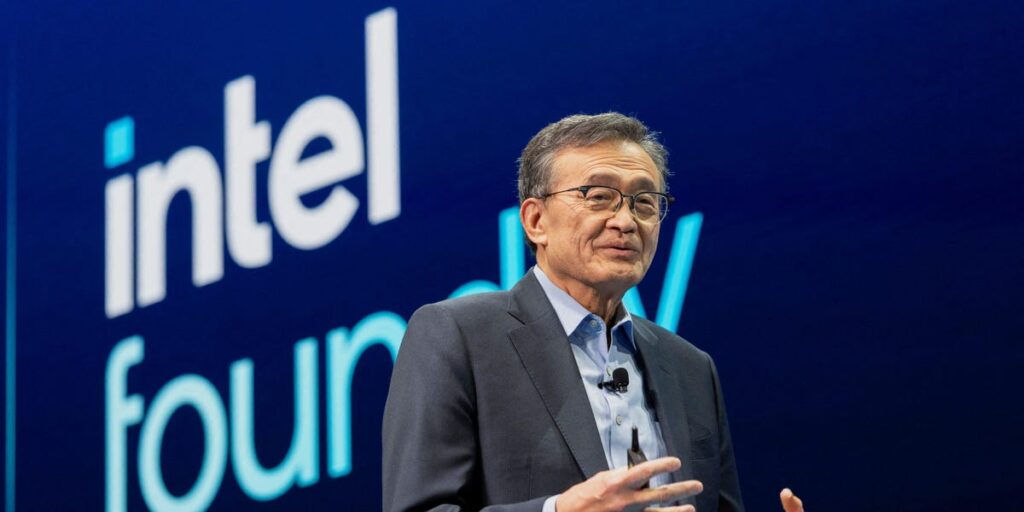Is this the beginning of the end for American chipmaking? It could very well be.
Intel, the iconic US semiconductor manufacturer, warned on Thursday that it may stop developing its next-generation chip, known as 14A.
The company said in a regulatory filing on Thursday that it is focused on developing 14A and finding a large customer. It was Intel’s first warning of the possible fallout from failure.
“If we are unable to secure a significant external customer and meet important customer milestones for Intel 14A, we face the prospect that it will not be economical to develop and manufacture Intel 14A and successor leading-edge nodes on a go-forward basis,” the company wrote. “In such event, we may pause or discontinue our pursuit of Intel 14A and successor nodes.”
A lot of hope has been riding on 14A, a cutting-edge chip and manufacturing system that is one of Intel’s last chances to catch up with TSMC, the Taiwan-based company that has become the world’s leading chipmaker.
Intel dominated the semiconductor industry for decades, but missed two major technological waves: mobile and AI. The company designs chips and also manufactures them. Most rivals gave up their manufacturing operations years ago and now send their designs to TSMC to make.
If Intel really gives up on 14A, this could be a death blow to US chip manufacturing. While this move may make financial sense for Intel, it could be bad news strategically for America. That’s because most cutting-edge semiconductors are made in other parts of the world, especially in areas where China holds increasing influence. The end of 14A would exacerbate this situation.
“Intel, the home of Moore’s Law, for the first time in history, is evaluating if it will continue at the leading edge,” Semianalysis, a chip industry analysis firm, wrote on X on Thursday. “Just like that we could be talking about a TSMC monopoly, and the death of American made semiconductors forever.”
Sign up for BI’s Tech Memo newsletter here. Reach out to me via email at abarr@busienssinsider.com.
Read the full article here


